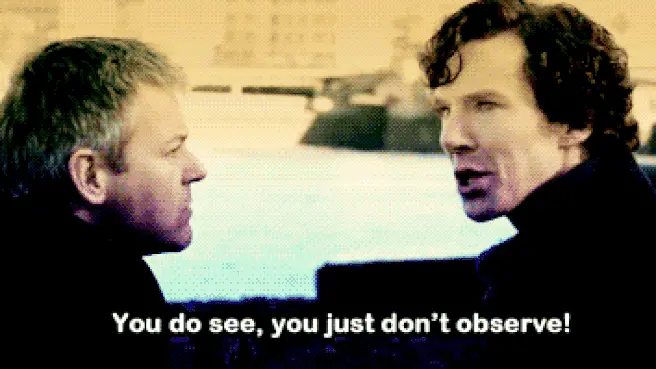You should always be ready to conduct user research doesn’t matter wherever you are. See, I know you can’t start doing user research at any place. What I mean is: when you start to live in the moment, you become more aware of your surroundings, and your senses feel heightened, and then you don’t merely see the things as they are but observe them deeply.
At that moment everything becomes a teacher and you start to learn from every moment, every conversation, every interaction. And these hundreds of moments that you live every day teach you a hell of a lot of more than a few actual UX research encounters you do in your life.
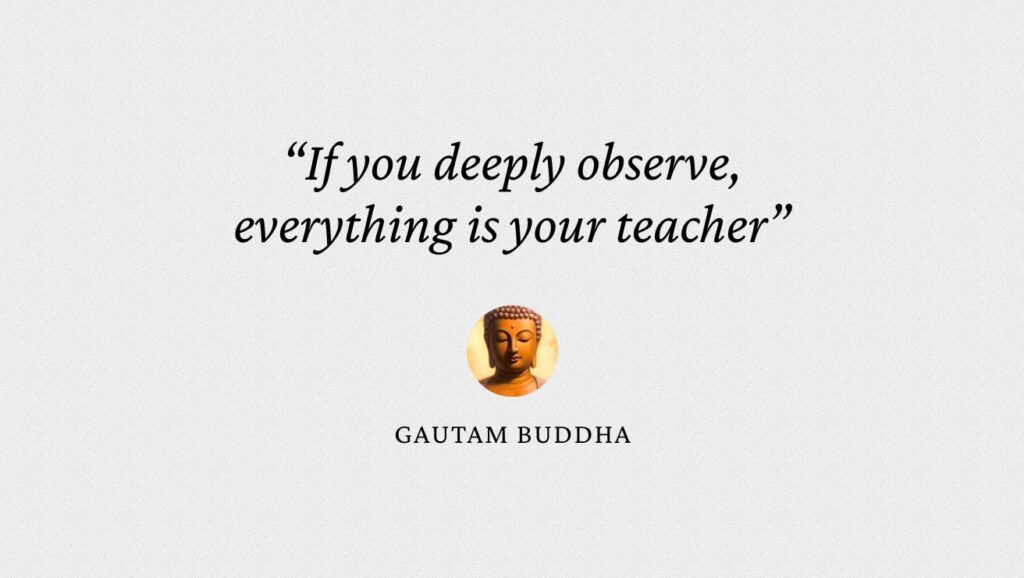
Secondary Research — Don’t Go Anywhere
Now back to the topic, as you know there is primary research and secondary research. And to do secondary or desk research (i.e., finding a solution using existing data like books, articles, journals, etc.), most of the time you don’t need to go anywhere.
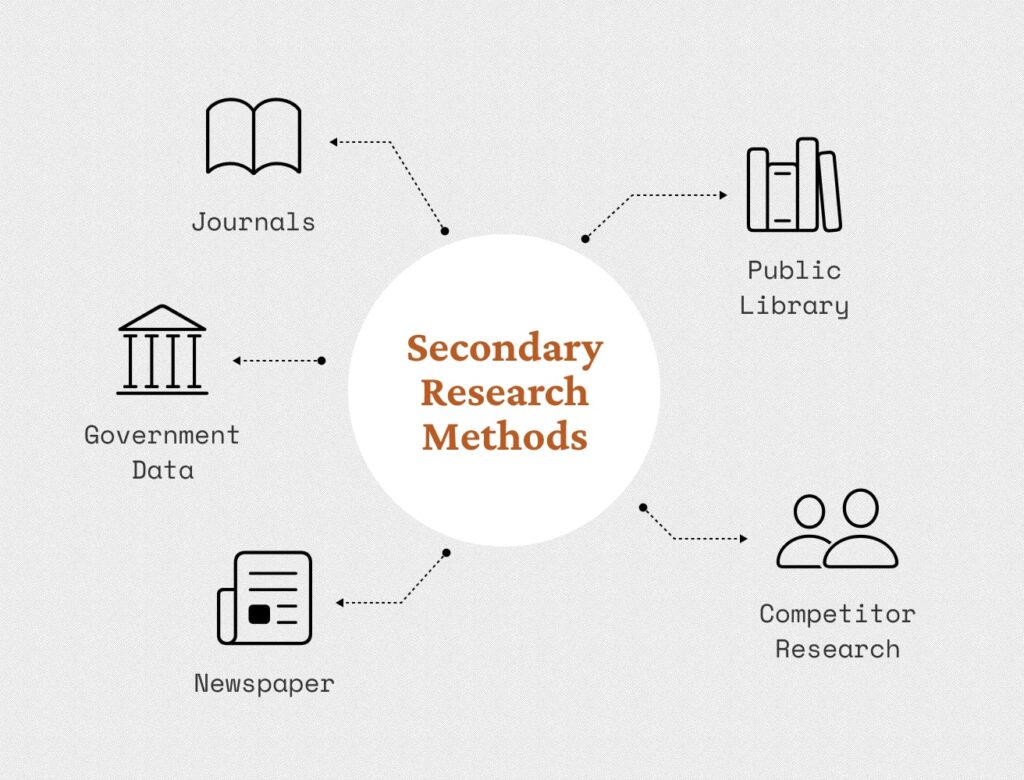
You just need a computer or smartphone and a good internet connection (or maybe a continuous supply of tea/coffee) and that’s it. And this is exactly the user research most organizations or individuals do. So secondary research is quite sorted. You just don’t have to go anywhere to do that.
ASAP Is Not A Timeline
Let me give you an example of the usage of secondary research in a typical UX designer’s work. Imagine your PM asks you to redesign the checkout experience of your ecommerce website. Now he already has something in his mind but before revealing those pearls of wisdom to you, he just wants to check how far the horses of your imagination (read: copying skills) can run.
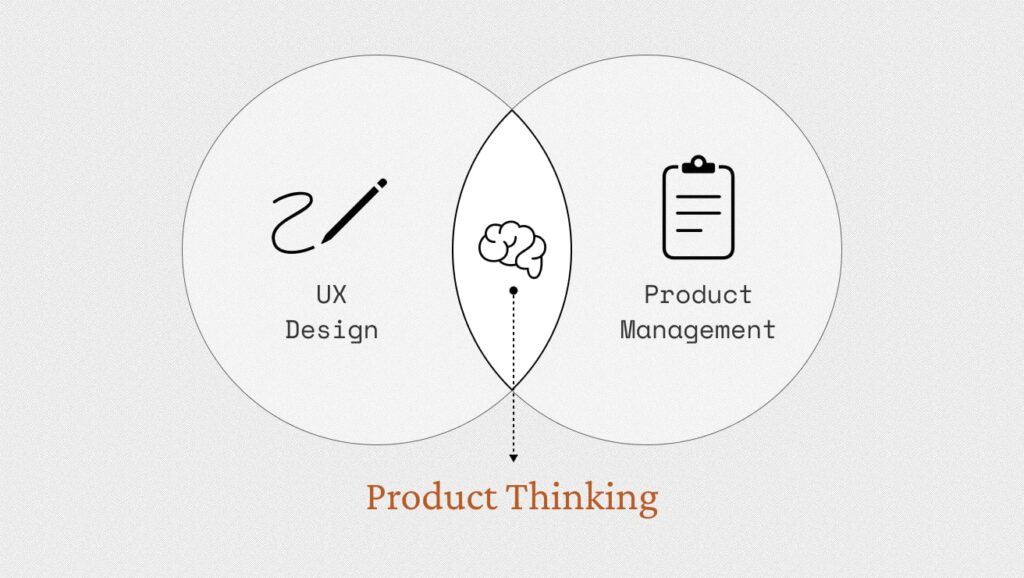
So having this task, your next line of action might be to:
- browse the checkout experience of top 3 to 5 websites,
- copy the visually best experience to show your aesthetic prowess,
- read a few articles that help you to back your decision,
- watch a video to learn the step-by-step process,
- scan a book to go deep into the subject matter,
- join a short course to get expertise on the area, and
- ask your friends to suggest how to improve more.
Now all of these activities fall into secondary research. And most of the UX designers don’t go beyond them throughout their entire career. This is the only research they know, which is not bad considering their usual timeline of “can you do it ASAP?”
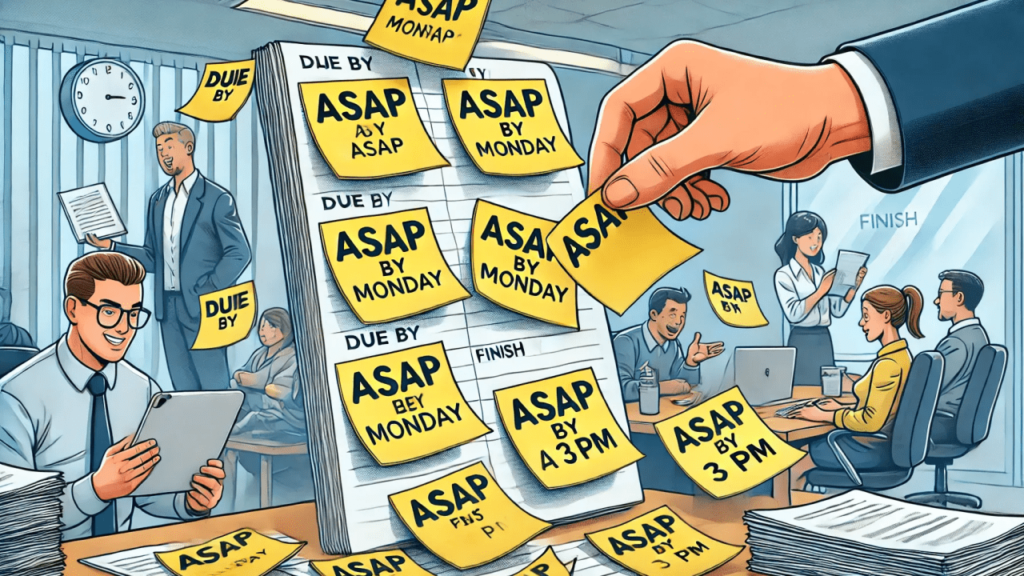
Copying Doesn’t Require Novel Thinking
I’m not saying conducting secondary research is bad. It has its own merits and most of the time it is all that you need. Look, conducting primary user research is a luxury. So you can’t do it to answer every question that pops into your crazy mind. And frankly most of the questions in UX, especially online UX, have already been answered.
We don’t realize but we just arrange rectangles all day long and copy/paste almost all of the things. Innovations (0 to 1) rarely happen and almost all the time you do nothing but repackage things called globalization (1 to n). And copying doesn’t require novel thinking.
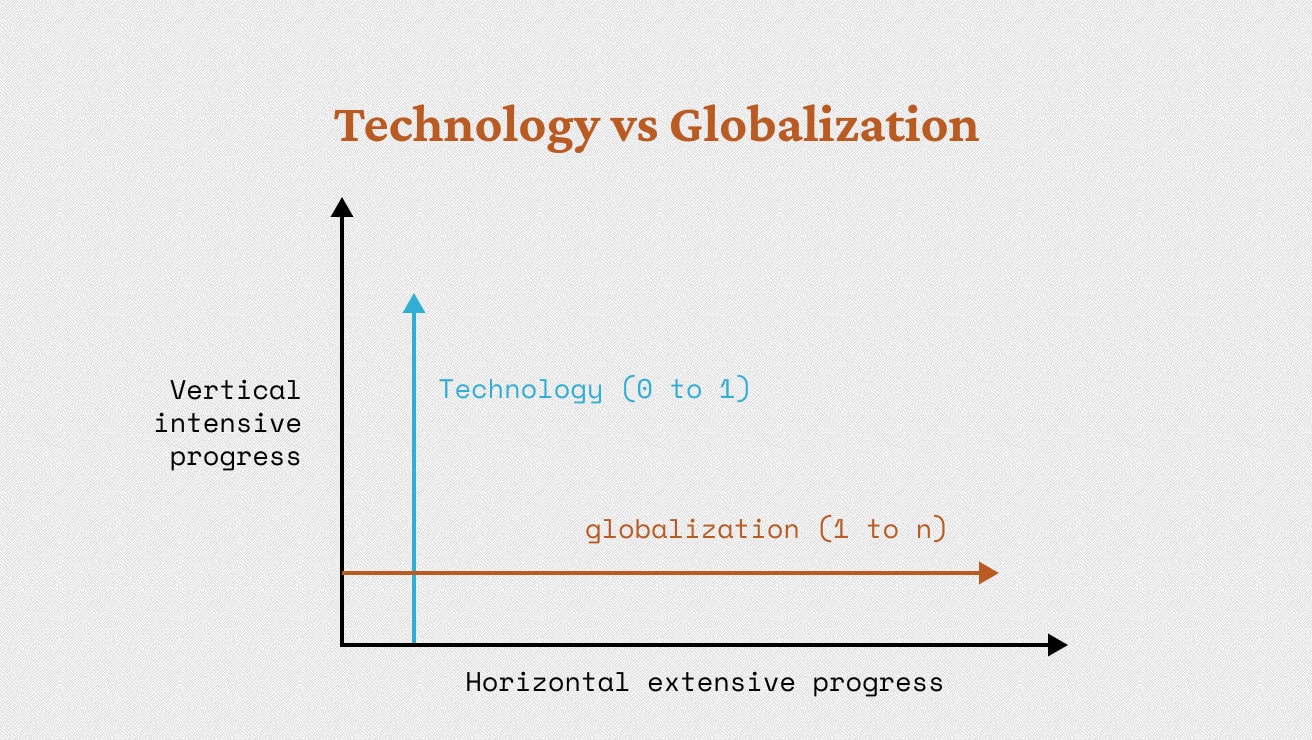
Primary Research — Go To The Source
But as soon as you prepare yourself to discover something new from people, and try to
- discover their deep desires,
- empathize with their pain points,
- understand their motivations, and
- figure out their real behaviors
things start to become interesting. Now like secondary research, you might also conduct primary research from the comfort of your home or office. But here you may also go to the places where your users live, work, or enjoy their life, and observe them silently to see the real deal.
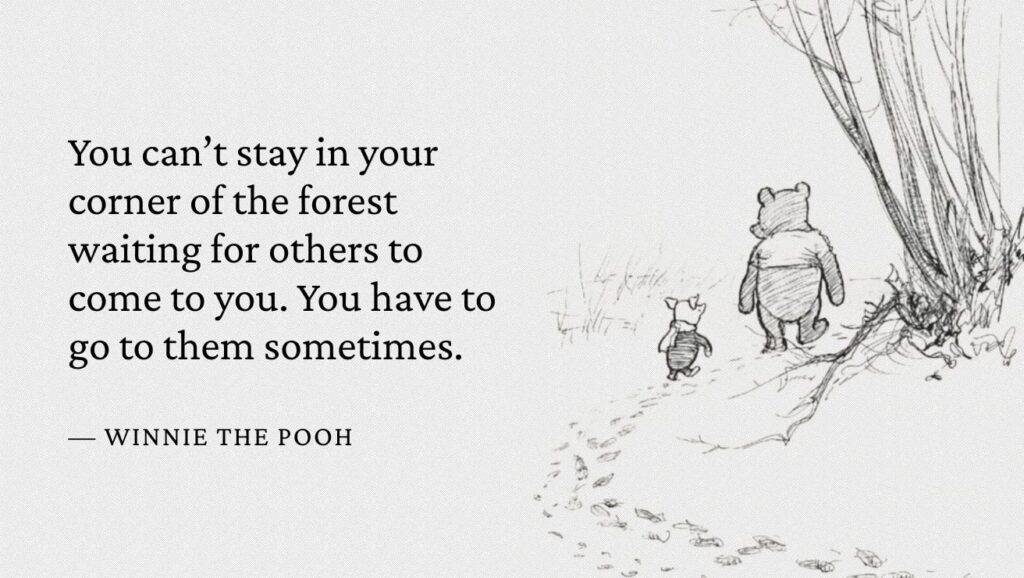
Do Safari Instead Of Going To The Zoo
Here I would like to quote Dr. David Travis, and Dr. Philip Hodgson, co-authors of an incredible book, Think Like a UX Researcher: How to Observe Users, Influence Design, and Shape Business Strategy. They use an analogy from the animal world to tell the importance of observing users in their context.
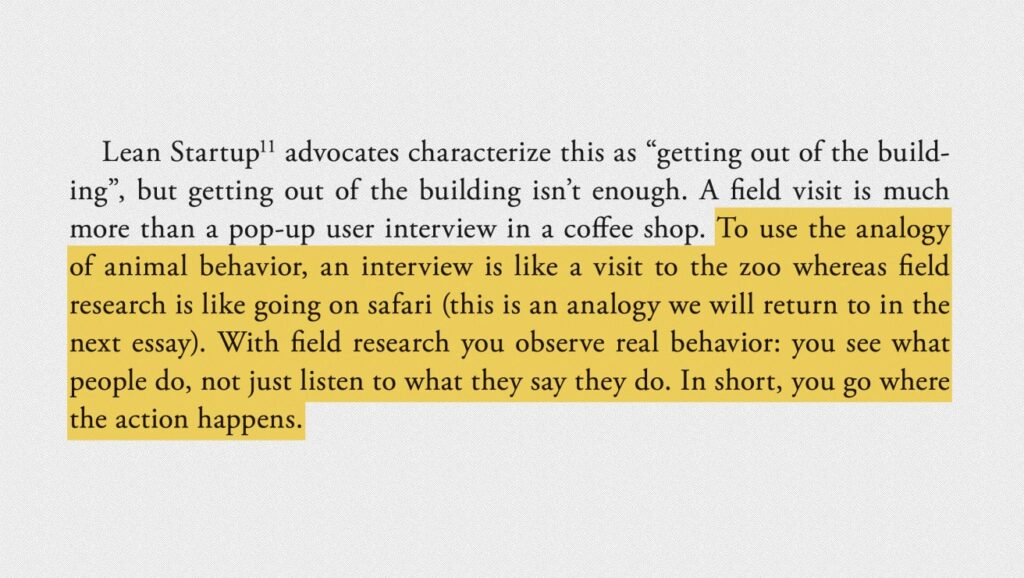
If you have ever been in a jungle safari or in a zoo, then you might feel this difference yourself. In a zoo, you usually find animals sleeping around, getting bored, and not giving a damn who you are. In contrast, a jungle safari leaves aside the animals, even excites you. Just thinking about wild animals roaming freely, catching their prey, and staring you in the face makes your heart pound.
A Hamburger Story
Now just like a jungle safari, you feel the similar excitement when you observe your users, showing their real behavior in their native environment. Okay, I’m exaggerating a lil bit here but just hear me out.
Back in the day, I was going to the office by a local train. As usual it was crowded and there was a man with a big smartphone standing next to me. He was using some app and was struggling to touch the hamburger icon on the top-left corner of the screen. Obviously, it was way above his thumb’s range and his other hand was occupied grabbing the handrail. He tried a couple of awkward hand positions to reach that icon but he couldn’t do it. There was no space at all to move his hand.
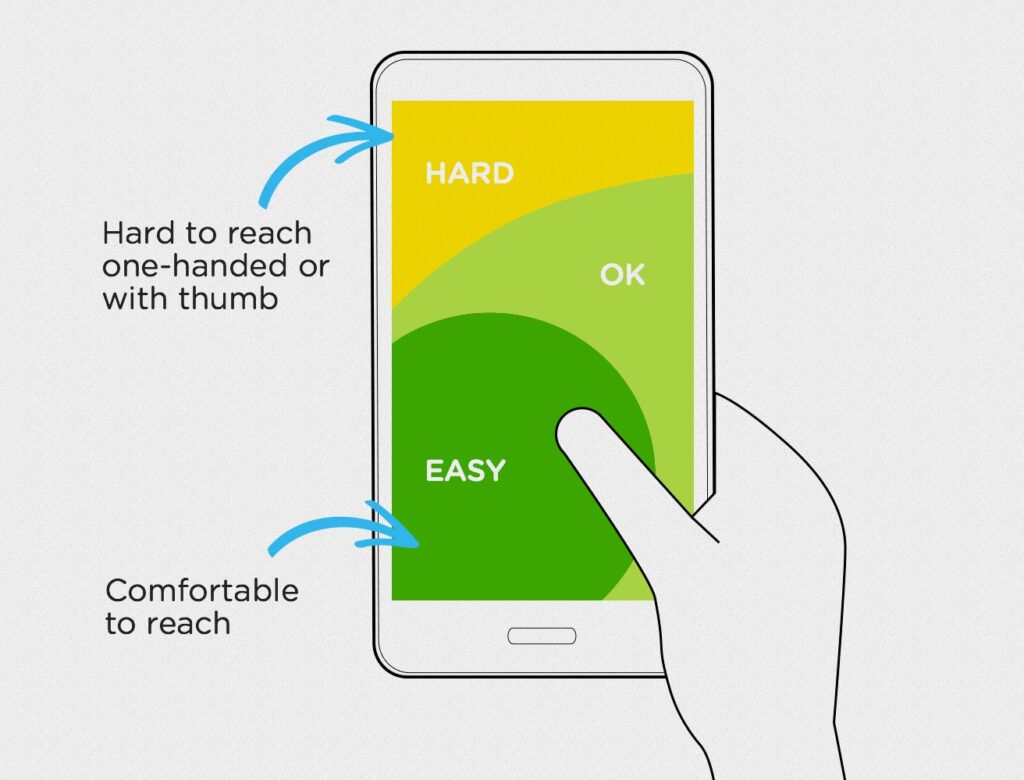
Finally, he raised his hand above his head and tried to reach that icon one last time but alas this time the phone fell onto his face. Now, feeling embarrassed, he closed the app, put on his headphones and started to listen to music.
Now, where else can you get this kind of experience? You saw why it’s bad to use a hamburger on big phones and this is the kind of learning you never forget. Perhaps, this hamburger icon doesn’t matter much in the UX but it shows that on a given day even a tiny icon can make or break user experience.
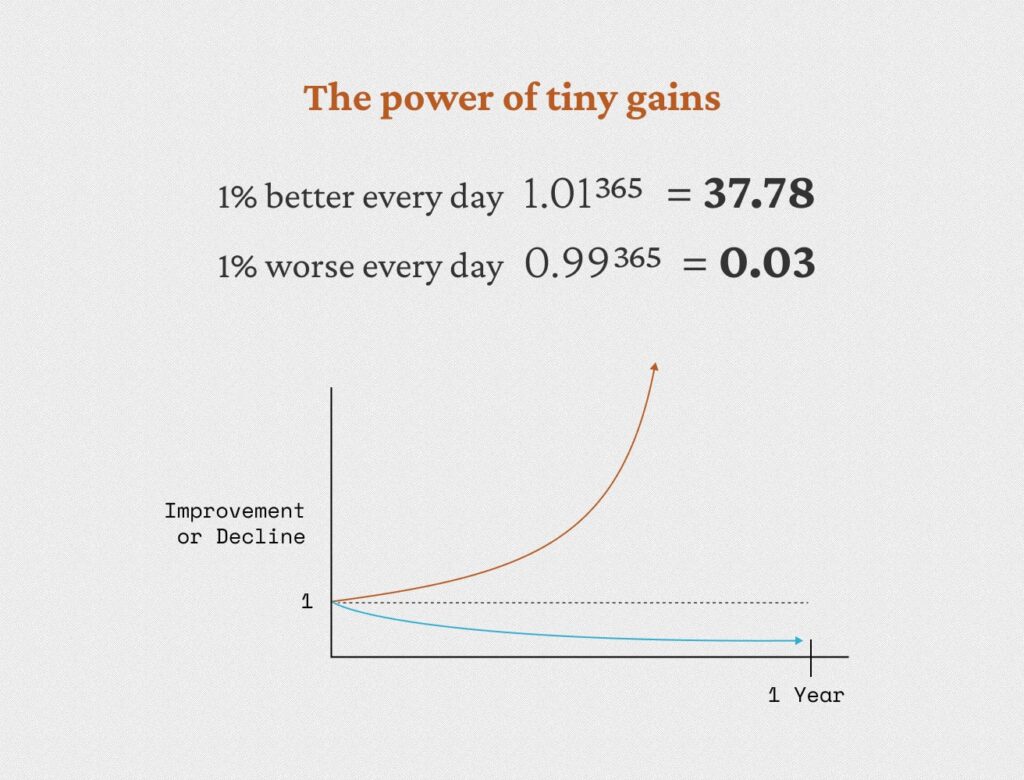
Bring Them On Your Turf
I admit that, you always don’t have the time or budget to spend your days chasing and observing people. Conducting field studies or ethnographic research might take days, months or even years to complete. But you don’t have to worry much because there are plenty of other options to learn about your users or your product.
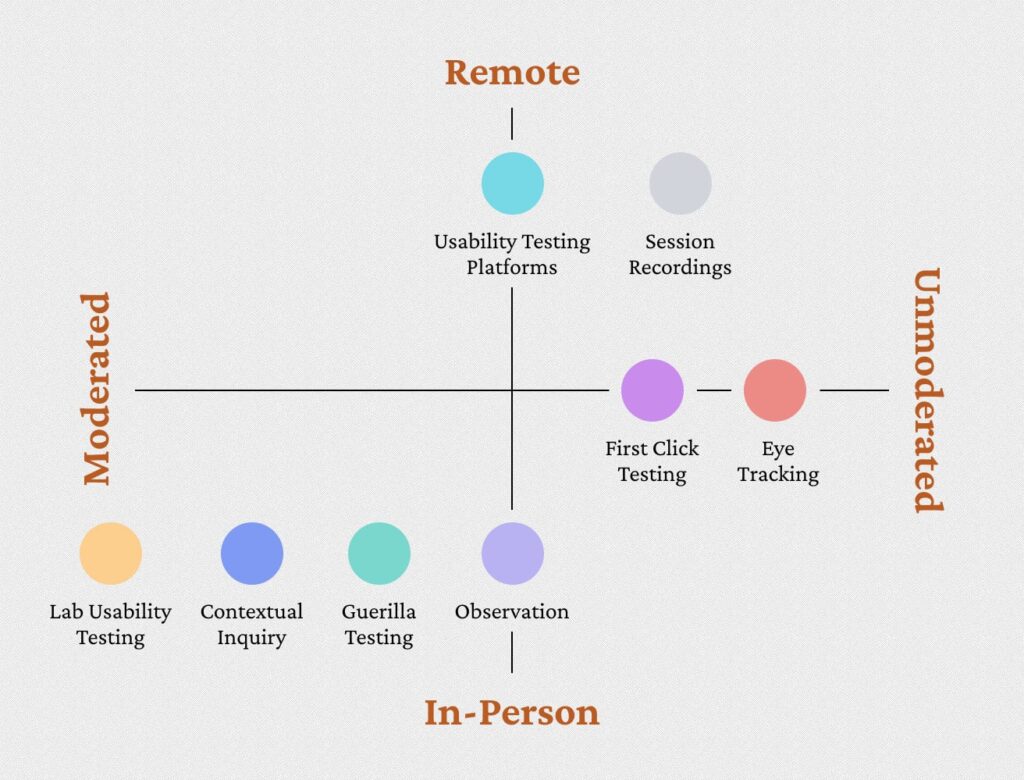
You can invite people to your place and interview them in-person (moderated in-person research) to learn their needs, habits, pain points, goals, motivations, behaviors etc. or observe them performing a task, or do a combination of both.
Or you can also do all the above activities remotely. A moderated remote usability study is just like in-person research except here you connect with your participants through tools like Google Meet, Zoom, Skype etc. It’s an easy way to connect with users without leaving the comfort of your space.
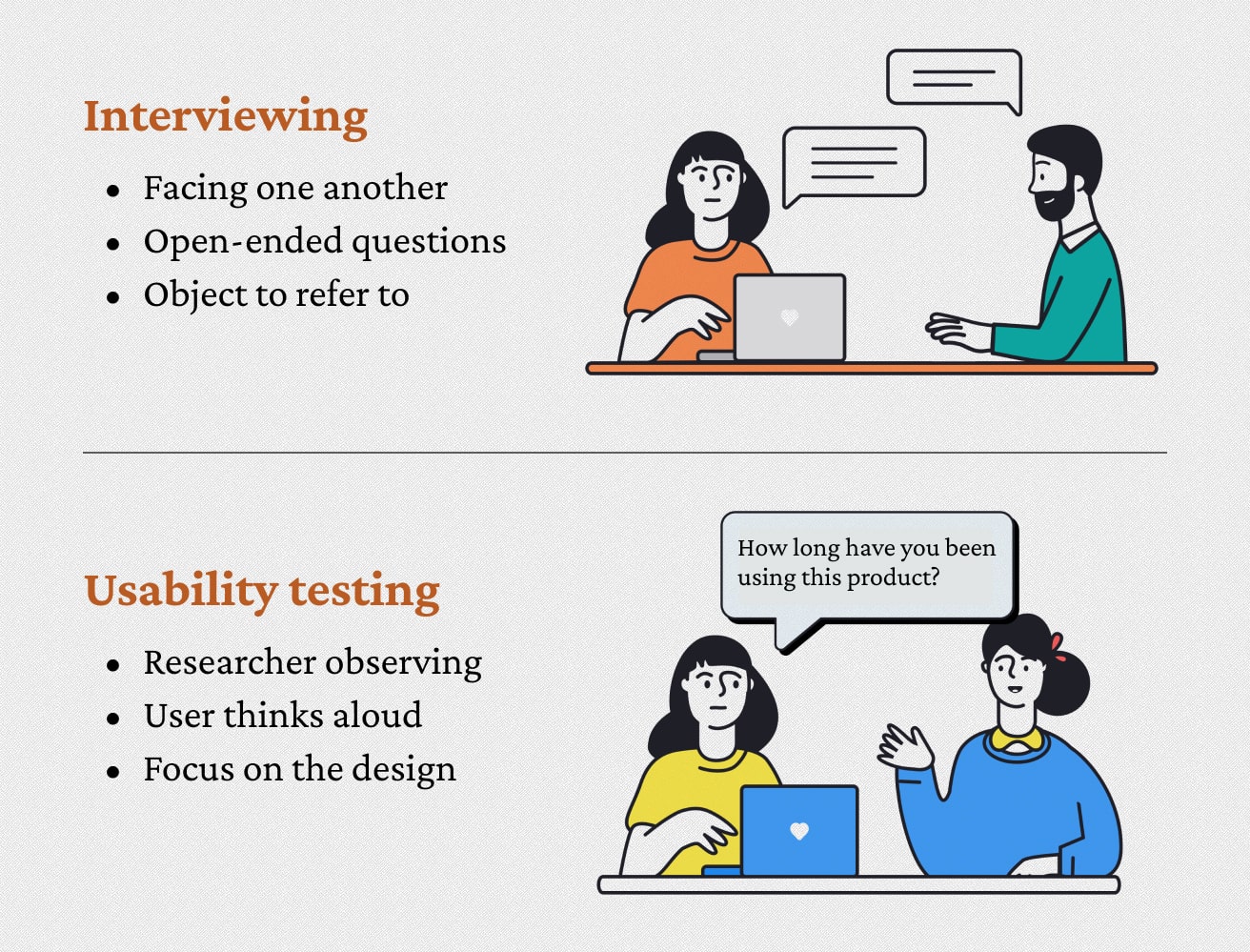
Or you don’t have to be there even remotely. In an unmoderated remote usability study, you can create a task with the help of a third-party tool. And along with it you might also send any follow-up questions you want to ask to your users. On the other hand, your participants record themselves thinking aloud, doing all these activities and send it back to you. This method is:
- Scalable (hundred of participants might perform the task simultaneously)
- Cheap (there is no need of a moderator)
- Easy to do (users can perform the task from anywhere in their free time)
Okay, that’s it. We have talked about a few research methods like observation, interview, moderated and unmoderated research. Now, if I have to rank them according to how accurate, bias-free data they provide, then observation would definitely be on the top. And if you combine observation along with interviewing users at their natural environment (contextual enquiry), it becomes a winning formula.

So a lot more has been left to talk about these research methods and we’ll surely talk about them in their own dedicated essays. At present, we’re just scratching the surface. Well, till then just bear with me. Next we’ll talk about: Why should you even do user research?
